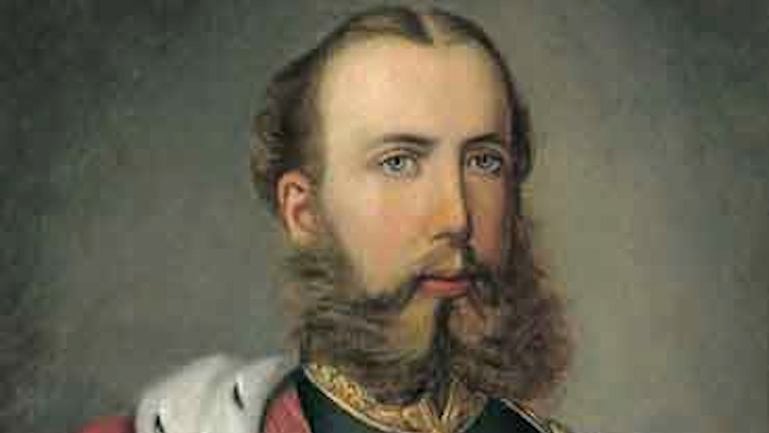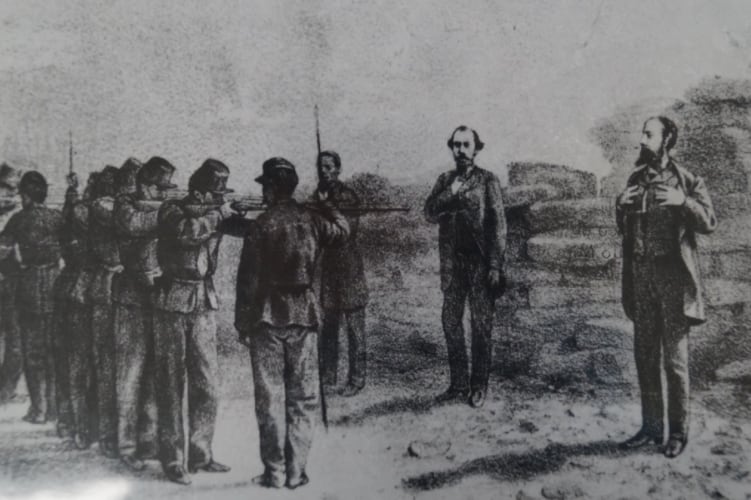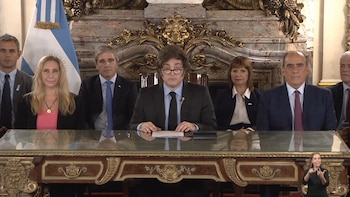
The history of Mexico is very long and very complex, since almost everything has happened in the country. And although in Mexico there is a form of government of the Republic, other forms of government have also arisen, for example, the Empire.
And it is that throughout the country's history as an independent nation, since 1821, after the end of Mexico's independence, an imperialist government was established, led by Agustín de Iturbide. This First Empire of Mexico lasted from 1821 to 1823, during which time Mexico ruled under a constitutional monarchy.
This form of government was based on the Iguala Plan, and ratified in the Treaties of Córdoba, which stipulated a government run by a representative of the ruling house in Spain.
During this process to form the First Mexican Empire, a Government Provisional Board was appointed, made up of members of clergy and wealthy personalities, such as landowners and merchants, and no insurgents.

Among the figures that made up this junta were Juan O'Donojú and Agustín de Iturbide, who was appointed regent of the junta that soon issued a call to install a congress, which was installed as such on February 24, 1822, with three political blocs fighting for their different ideas and opinions: the supporters of Iturbide, called iturbidistas, the Bourbonists, who favored a member of the Spanish kingdom governing Mexico, and the Republicans, made up of insurgents fighting for a republican government.
Of these groups, the iturbidists triumphed, imposing Agustín de Iturbide as the first emperor of the Mexican Empire, since the Treaties of Cordoba were ignored in Spain, as well as Mexico's Independence.
Iturbide was crowned on July 21, 1822 in the Cathedral of Mexico City, as Augustine I. The government of Iturbide lasted until March 19, 1823, a period in which the country experienced absolutism and misery that led to criticism of Congress.
After Antonio López de Santa Anna, Vicente Guerrero and Nicolás Bravo took up arms, Iturbide abdicated the crown of the empire and went into exile from the port of Veracruz, on May 11, 1823, destined for Europe.

The Second Mexican Empire came some time after the end of the Iturbide Empire, and it was led by the Austrian Emperor Maximilian of Habsburg and his wife Charlotte of Belgium.
It was the result of the Second French Intervention to Mexico, initiated in 1861, and assisted by Mexican conservatives, both in military and political support. When they took the country's capital on June 10, 1863, the invading French forces began efforts together with conservative politicians to establish a monarchy, leaving behind the liberal republic established after the triumph of the Reformation War.
The Government of Benito Juárez had to be taken to San Luis Potosí, due to the entry of the French army into the capital; this, together with the ignorance of the members of the republican government, led to the beginning of what would become the so-called Maximilian Empire in Mexico.
Maximilian and Charlotte arrived in the country from Trieste, Italy, on May 24, 1864. Contrary to what they expected, they were received in the port of Veracruz, soberly and by the local population in a cold way. In Mexico City, they would arrive on June 12, 1864.

His rule lasted barely three years, from 1864 to 1867, when he was besieged in Querétaro, and then captured and shot at the Cerro de las Campanas, on June 19, 1867, on Benito's orders Juarez, along with conservative generals Miguel Miramón and Tomás Mejia. With this fact, the second and last Empire that was lived in Mexico officially ended.
KEEP READING:
Últimas Noticias
Debanhi Escobar: they secured the motel where she was found lifeless in a cistern
Members of the Specialized Prosecutor's Office in Nuevo León secured the Nueva Castilla Motel as part of the investigations into the case

The oldest person in the world died at the age of 119
Kane Tanaka lived in Japan. She was born six months earlier than George Orwell, the same year that the Wright brothers first flew, and Marie Curie became the first woman to win a Nobel Prize

Macabre find in CDMX: they left a body bagged and tied in a taxi
The body was left in the back seats of the car. It was covered with black bags and tied with industrial tape
The eagles of America will face Manchester City in a duel of legends. Here are the details
The top Mexican football champion will play a match with Pep Guardiola's squad in the Lone Star Cup

Why is it good to bring dogs out to know the world when they are puppies
A so-called protection against the spread of diseases threatens the integral development of dogs




